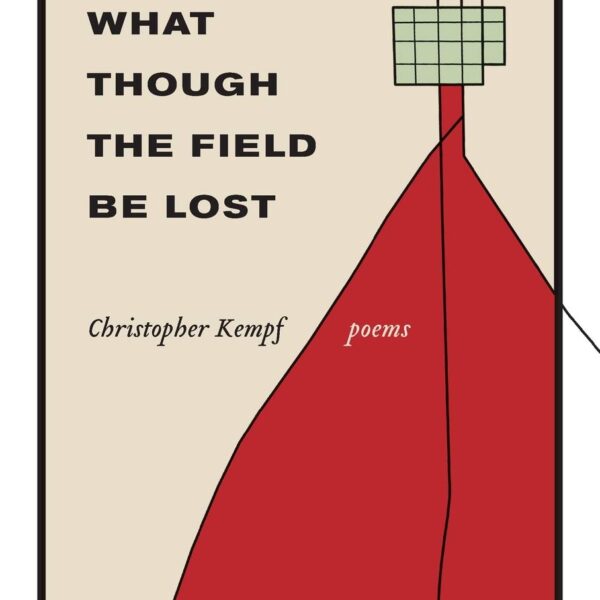When asked what characteristics define the regional identity of the U.S. South, many people the world over would point to its plantations. These centers of forced enslavement, brutal working conditions, and financial exploitation have endured within the popular imagination through literature, film, and heritage tourism that has often portrayed plantations as a ‘positive good’ for the South. Once centers of economic activity through the cultivation of precious cotton, rice, and sugar commodities by enslaved hands, many plantations that remain standing today continue to be centers of economic activity through tours of the big house, plantation weddings, and other entertainment activities geared for a largely white visitor base. As scholar Matthew Pratt Guterl explains, the plantation is “a place, a practice, and a politics . . . a symbol of race and power” within the Southern landscape.[1] In Remembering Enslavement: Reassembling the Southern Plantation Museum, six scholars of geography and sociology—Amy E. Potter, Stephen P. Hanna, Derek H. Alderman, Perry L. Carter, Candace Forbes Bright, and David L. Butler—aim to discover how Southern plantation homes in Virginia, South Carolina, and Louisiana interpret the history of slavery.[2]
The most important aspect of the authors’ work is the scope of the project and the research methods they use to draw their conclusions. In a lengthy historiography within the book’s introduction, the authors point out that previous studies of the interpretation of slavery at plantation homes have usually been restricted to one specific aspect of the site’s overall experience. For example, previous scholarship has variously examined interpretive programs at a single site, the text of site brochures, or visitor interviews. With Remembering Enslavement, the authors seek to bring a more holistic approach to the study of interpretive programming by looking at the plantation museum as an “assemblage.” Defined as the diverse components that constitute a larger social entity, the authors worked to interview staff, tour guides, and visitors at fifteen different plantation homes that interact with the subject of slavery. Employing a comprehensive set of interview questions alongside analysis of site tours, websites, and other promotional materials, the authors produce a range of graphs and visualizations to document the ways these entities shape the visitor experience with the history of enslavement at plantation museums. Chapters one and two of the book are largely focused on highlight these theories and methods as they relate to the authors analytical work at the various historic sites.
Chapters three through five focus on thirteen plantation museums that are primarily focused on interpreting the lives of the families who did the enslaving at these places. As might be expected, the authors found these sites lacking when it came to their interpretations of slavery. At five planation homes along the James River in Virginia, the authors acknowledge that a severe shortage of funds limits the ability of these sites to maintain staff and offer dynamic programming to the public on a regular basis. However, the authors also suggest that managerial choices about interpretive themes also played a crucial role. “None of the managers and owners we interviewed placed slavery and the experiences of enslaved people as centerpieces of the experiences they hoped people would have when visiting their museums,” the authors assert (107). Moreover, interviews with the older white audiences that patronized these sites suggested they were “focused on general historical themes, furnishings, [and] the experiences of the plantations’ owning families” (108).
In contrast to the James River plantations, the plantations in Charleston, South Carolina, benefit from a stronger tourism industry and visitor interest in the history of slavery. The authors find that slavery was mentioned on a more frequent basis compared to the Virginia sites thanks in large part to the continued existence of enslaved peoples’ living quarters and documentary evidence about the enslaved. However, the types of conversations tour guides facilitated about slavery often went sideways. For example, one white tour guide “went into character several times as both the enslaved and the master enslaver” during a tour. “When portraying an enslaved person, he affected an exaggerated accent and used words like ‘massa.’ As the master enslaver, he adopted a callous tone and talked about the people ‘he owned’ with no empathy at all,” going on to “evoke empathy for the enslaver by describing how he had lost his fortune” (105). The authors also point out that “beauty and aesthetics overrode a true understanding of the institution of slavery” at these sites (162).
In Louisiana, most plantation museums were similar to their counterparts in Charleston by acknowledging slavery’s presence, but in ways that relegated slavery to a secondary concern. In analyzing tours, the authors found that “each of the sites featured each mansion’s impressive architecture and expensive antique furnishings and used these [devices] almost exclusively to encourage visitors to marvel at the lifestyles of antebellum plantation owners . . . together with the existence of restaurants and visitor lodging . . . any information about enslavement was minimized” (211). Mentions of slavery were often brief and relegated to the enslaved peoples’ living quarters, essentially segregating interpretations of the big house and enslaved quarters by race.
Chapter six examines Whitney Plantation in Wallace, Louisiana, and McLeod Planation in Charleston, South Carolina. In contrast to the other plantation sites discussed in Remembering Enslavement, these sites explicitly make the interpretation of slavery a central aspect of their mission statements. The authors found that the sites employed new, dynamic techniques to interpret slavery and that visitors were actively interested in learning more about the institution. At Whitney, the authors noted that enslavement was the primary topic within all spaces at the site. The site features, among other things, a memorial to those who were enslaved in Louisiana, a large number of statues throughout the property depicting enslaved children, a jail constructed in 1868, and a church that were moved to the grounds for the purpose of highlight all facets of African American culture.. At McLeod, visitors do not go through the big house on guided tours, which instead focuses on highlighting the site’s enslaved cabins and grounds to highlight the agency of the enslaved people who lived there.
Remembering Enslavement is a monumental contribution to the study of public history. This book will be a crucial resource for scholars and practitioners for years to come. Serving as a golden standard for conducting research at historic sites about the interpretive focus of tours, programs, and exhibits, Remembering Enslavement deserves a spot on the bookshelf of anyone who works at or cares about historic sites that interpret the history of slavery in the United States.
Nick Sacco is a Park Ranger at Ulysses S. Grant National Historic Site.





